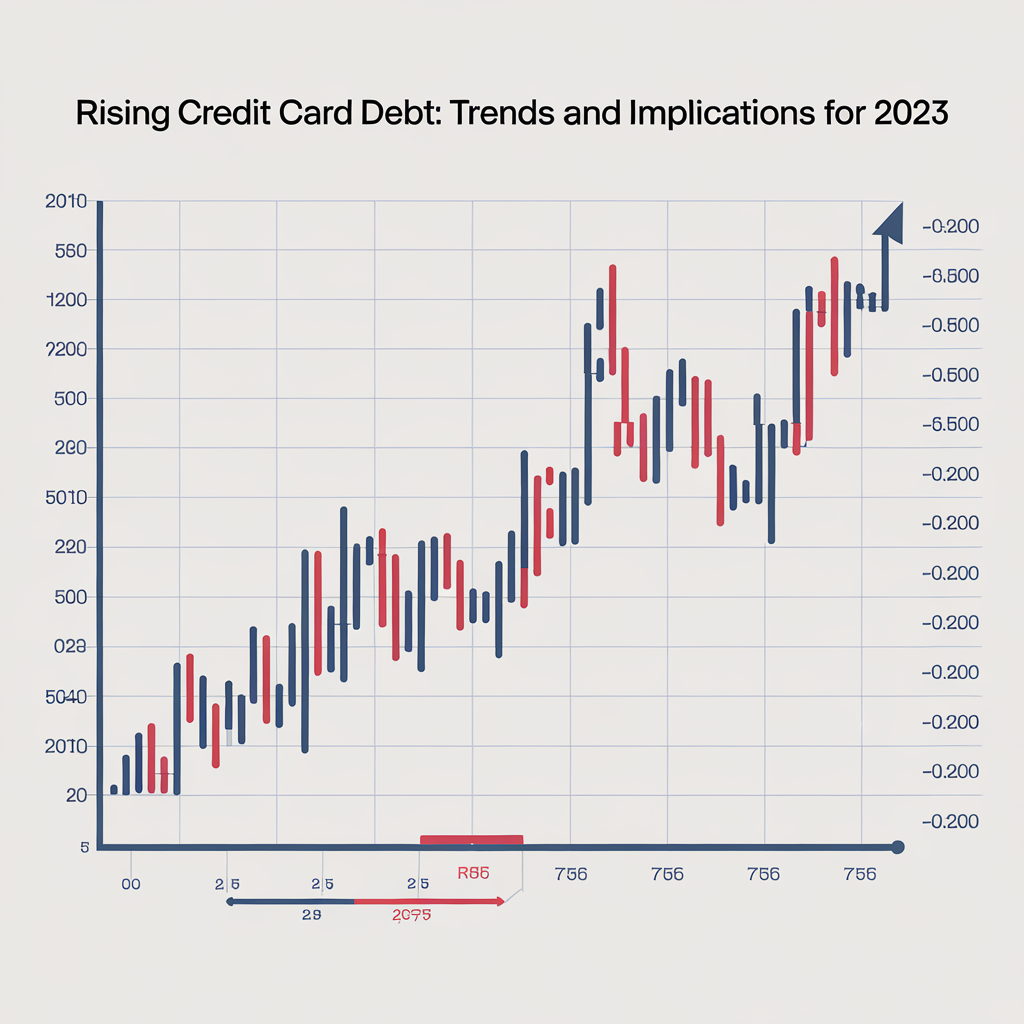Empowering Your Child’s Financial Future with a Savings Account
At O1ne Mortgage, we believe that kids are never too young to learn about money. A kids’ savings account can be a fantastic place to hold cash gifts and money they’re setting aside for financial goals, like buying a new gaming system or purchasing their first car. Kids’ savings accounts also earn interest, allowing their money to grow at a faster rate. You and your child can compare account features together to find the best savings account for their needs.
Understanding Child Savings Accounts
A minor technically can’t open a savings account on their own. As their parent, you can choose between the following options. The right one for your family will depend on whether or not you want your child to have access to their savings while they’re still a minor.
Joint Account
In a joint account, you and your child are both named as joint owners of the account. This means you’ll own the funds equally. You can link it to your checking account (or a kids’ checking account), making it easy to transfer funds as needed. Your bank might also allow you to set withdrawal limits and receive notifications whenever your child takes out money.
Custodial Account
In a custodial account, the account is owned by the child, but you manage it for them until they come of age. You can make deposits and withdrawals, as long as the money you take out is used to benefit the child. This structure is common among kids’ brokerage accounts and college savings accounts.
Choosing the Best Type of Savings Account for a Child
Just like savings accounts for adults, you’ll typically see kids’ accounts set up in one of two ways:
Traditional Savings Account
This is a typical offering from banks and credit unions. Your child will earn interest on their savings, which is expressed as the annual percentage yield (APY). As of January 2024, the national rate on a standard savings account was 0.47%. That works out to $4.70 in interest annually for every $1,000 in the account.
High-Yield Savings Account
APYs can be much higher with a high-yield savings account—and online banks usually offer the best rates. As of February 2024, some were as high as 5.25%. Using our above example, that would result in $52.50 in interest annually for every $1,000 in the account. Fees and minimum balance requirements also tend to be lower (or nonexistent). Like a traditional savings account, rates are variable and fluctuate with the federal funds rate.
High-yield savings accounts are generally the best option since they offer above-average APYs. No matter which option you choose, your child’s funds will be insured for up to $250,000 per depositor through the Federal Deposit Insurance Corp. (FDIC) or National Credit Union Administration (NCUA).
How to Choose the Best Savings Account for Your Child
Kids’ savings accounts vary from one financial institution to the next. Comparing different banks and account options can help steer you in the right direction. Here are some important things to think about when looking for an account:
APY
Shopping around for the best interest rate can help your child’s savings work a little harder. Again, online banks typically offer the most competitive APYs on savings accounts.
Monthly Fees
Some banks may charge a recurring maintenance fee to keep the account active. Be sure to check for any hidden fees that could eat into your child’s savings.
Minimum Balance Requirements
You might be charged a fee if your child’s savings account balance dips below a certain amount. You may also be required to make a minimum opening deposit.
Online Banking Access
A user-friendly mobile banking app can be a huge selling point, especially for teenagers. At the very least, you’ll want access to basic online banking features.
Parental Controls
This can help safeguard your child’s savings. Some banks make it easy for parents to monitor and manage their child’s spending, while others may feel less flexible.
How to Open a Savings Account for Your Child
Opening a kids’ savings account is relatively easy. You’ll likely need the following information to get started:
- Your child’s Social Security number and date of birth
- Your date of birth
- Your address and basic contact information
You may have to meet other requirements, depending on the bank. For example, some might require the parent to be an existing account holder. You may also have to make a minimum opening deposit. Read the fine print to make sure you understand the criteria.
Frequently Asked Questions
Do I Have to Pay Taxes on My Child’s Savings Account?
Yes, interest earned on a child’s savings account is generally subject to taxes. It’s important to consult with a tax professional to understand the specific tax implications.
What Happens to My Kid’s Savings Account When They Turn 18?
When your child turns 18, they typically gain full control over their savings account. This is a great time to discuss financial responsibility and the importance of saving.
Should I Use a Savings Account for College Tuition?
While a savings account can be a good place to start, you might also consider other options like a 529 plan, which offers tax advantages for college savings.
The Bottom Line
A kids’ savings account can be a great way for your child to save for the future. It gives them an opportunity to earn interest and learn how to manage their money. Parents also have some degree of control over the account.
It’s always a good time to talk to your kids about financial literacy and credit health. When they turn 18, they can check their credit score and credit report for free with Experian.
For any mortgage service needs, call O1ne Mortgage at 213-732-3074. We’re here to help you and your family achieve your financial goals.







